
The Staatliches Bauhaus, commonly known as the Bauhaus, was a German art school operational from 1919 to 1933 that combined crafts and the fine arts. The school became famous for its approach to design, which attempted to unify individual artistic vision with the principles of mass production and emphasis on function. Along with the doctrine of functionalism, the Bauhaus initiated the conceptual understanding of architecture and design.
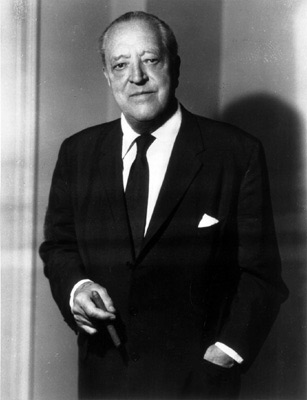
Ludwig Mies van der Rohe was a German-American architect, academic, and interior designer. He was commonly referred to as Mies, his surname. He is regarded as one of the pioneers of modern architecture.

Villa Tugendhat is an architecturally significant building in Brno, Czech Republic. It is one of the pioneering prototypes of modern architecture in Europe, and was designed by the German architects Ludwig Mies van der Rohe and Lilly Reich. It was built between 1928 and 1930 for Fritz Tugendhat and his wife Greta, of the wealthy and influential Jewish Czech Tugendhat family. Of reinforced concrete, the villa soon became an icon of modernism. Famous for its revolutionary use of space and industrial building materials, the building was added to the UNESCO World Heritage List in 2001.

The International Style or internationalism is a major architectural style that was developed in the 1920s and 1930s and was closely related to modernism and modernist architecture. It was first defined by Museum of Modern Art curators Henry-Russell Hitchcock and Philip Johnson in 1932, based on works of architecture from the 1920s. The terms rationalist architecture and modern movement are often used interchangeably with International Style, although the former is mostly used in the English-speaking world to specifically refer to the Italian rationalism, or even the International Style that developed in Europe as a whole.

Modern architecture was an architectural movement and style that was prominent in the 20th century, between the earlier Art Deco and later postmodern movements. Modern architecture was based upon new and innovative technologies of construction ; the principle functionalism ; an embrace of minimalism; and a rejection of ornament.

The Deutscher Werkbund is a German association of artists, architects, designers and industrialists established in 1907. The Werkbund became an important element in the development of modern architecture and industrial design, particularly in the later creation of the Bauhaus school of design. Its initial purpose was to establish a partnership of product manufacturers with design professionals to improve the competitiveness of German companies in global markets. The Werkbund was less an artistic movement than a state-sponsored effort to integrate traditional crafts and industrial mass production techniques, to put Germany on a competitive footing with England and the United States. Its motto Vom Sofakissen zum Städtebau indicates its range of interest.

The Barcelona chair is a chair designed by Ludwig Mies van der Rohe and Lilly Reich, for the German Pavilion at the International Exposition of 1929, hosted by Barcelona, Catalonia, Spain.
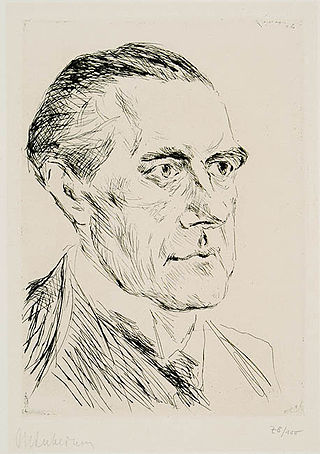
Peter Behrens was a leading German architect, graphic and industrial designer, best known for his early pioneering AEG Turbine Hall in Berlin in 1909. He had a long career, designing objects, typefaces, and important buildings in a range of styles from the 1900s to the 1930s. He was a foundation member of the German Werkbund in 1907, when he also began designing for AEG, pioneered corporate design, graphic design, producing typefaces, objects, and buildings for the company. In the next few years, he became a successful architect, a leader of the rationalist / classical German Reform Movement of the 1910s. After WW1 he turned to Brick Expressionism, designing the remarkable Hoechst Administration Building outside Frankfurt, and from the mid-1920s increasingly to New Objectivity. He was also an educator, heading the architecture school at Academy of Fine Arts Vienna from 1922 to 1936. As a well known architect he produced design across Germany, in other European countries, Russia and England. Several of the leading names of European modernism worked for him when they were starting out in the 1910s, including Ludwig Mies van der Rohe, Le Corbusier and Walter Gropius.
Ludwig Karl Hilberseimer was a German architect and urban planner best known for his ties to the Bauhaus and to Mies van der Rohe, as well as for his work in urban planning at Armour Institute of Technology, in Chicago, Illinois.
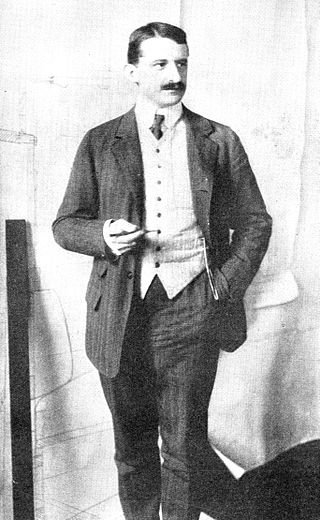
Bruno Paul was a German architect, illustrator, interior designer, and furniture designer.

Lilly Reich was a German designer of textiles, furniture, interiors, and exhibition spaces. She was a close collaborator with Ludwig Mies van der Rohe for more than ten years during the Weimar period from 1925 until his emigration to the U.S. in 1938. Reich was an important figure in the early Modern Movement in architecture and design. Her fame was posthumous, as the significance of her contribution to the work of Mies van der Rohe and others with whom she collaborated with only became clear through the research of later historians of the field.
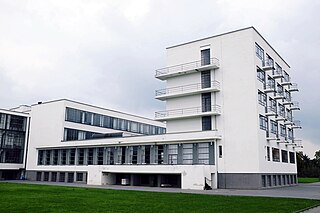
The New Objectivity is a name often given to the Modern architecture that emerged in Europe, primarily German-speaking Europe, in the 1920s and 30s. It is also frequently called Neues Bauen. The New Objectivity remodeled many German cities in this period.
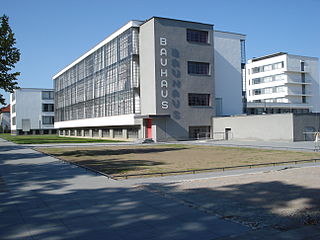
Bauhaus Dessau, also Bauhaus-Building Dessau, is a building-complex in Dessau-Roßlau. It is considered the pinnacle of pre-war modern design in Europe and originated out of the dissolution of the Weimar School and the move by local politicians to reconcile the city's industrial character with its cultural past.
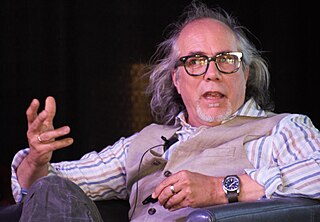
Iñigo Manglano-Ovalle is an American conceptual artist known for multidisciplinary, socially oriented sculpture, video and installations and urban community-based projects of the 1990s. His work often explores a dialectical relationships involving minimalist aesthetics, the utopian ambitions of modernism and science, and the resulting—often negative—social, geopolitical and ecological consequences of such ideologies. New York Times critic Holland Cotter wrote that Manglano-Ovalle was adept in "distilling complex ideas into inviting visual metaphors," while Jody Zellen described his work as "infused with a formal elegance and sociopolitical content." Manglano-Ovalle has been featured in solo exhibitions at the Art Institute of Chicago, MASS MoCA, Museo Tamayo Arte Contemporaneo and Museum of Contemporary Art, Chicago (MCA), and participated in Documenta 12, the Venice Biennale, Whitney Biennial, and Bienal de São Paulo. He has been recognized with MacArthur Foundation, Guggenheim, and National Endowment for the Arts fellowships and his work belongs to the collections of forty major institutions. He has been a professor at Northwestern University since 2012 and lives and works in Chicago.

Zvi Goldstein is an Israeli visual artist living in Jerusalem.

The Lemke House on Oberseestraße 60 in the Berlin district of Alt-Hohenschönhausen is the last house designed by Ludwig Mies van der Rohe in Germany before his emigration to the United States in 1938. It was built in Bauhaus style at the beginning of the 1930s under the name Villa Lemke.
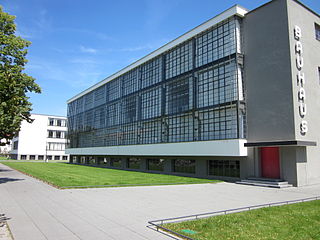
Bauhaus and its Sites in Weimar, Dessau and Bernau is a World Heritage Site in Germany, comprising six separate sites which are associated with the Bauhaus art school. It was designated in 1996 with four initial sites, and in 2017 two further sites were added.
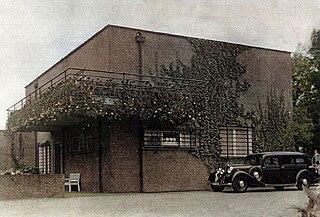
Villa Wolf was an architecturally significant building in Gubin, Poland, designed by the German architect Ludwig Mies van der Rohe. It is also known as Haus Wolf. The property was developed in Guben, Germany, between 1925 and 1926 – two decades before the Oder–Neisse line divided the city to create Gubin – for Erich and Elisabeth Wolf. It was one of the pioneering prototypes of modern architecture in Europe, and is considered the first modern work of Mies van der Rohe. It stood between two gardens parallel to the Lusatian Neisse river at Teichbornstraße 13 in today's Gubin, which at that time still belonged to Guben, but is now located in the Polish part of Lower Lusatia. It was destroyed during World War II in 1945 and there are plans to reconstruct it.

The Kunstmuseen Krefeld is an art museum in Krefeld, Germany. It is particularly dedicated to modern and contemporary art. Three houses constitute the museum—the Kaiser Wilhelm Museum, Haus Lange and Haus Esters. Since the late 1950s, the museums have risen to international prominence. Katia Baudin, former deputy director of the Museum Ludwig in Cologne, has headed the museums since 1 September 2016.
Max Creutz was a German art historian and curator of the Museum für Angewandte Kunst Köln and the Kaiser-Wilhelm-Museum in Krefeld where he worked from 1922 until his death. In Cologne, in 1914 he was instrumental in the first exhibition of the Deutscher Werkbund, Deutsche Werkbundausstellung. In Krefeld, he succeeded in acquiring modern art exhibits, including works by Max Ernst, Wassily Kandinsky, and Alexej von Jawlensky. He included a substantial collection of art, crafts and design from the Bauhaus.





















